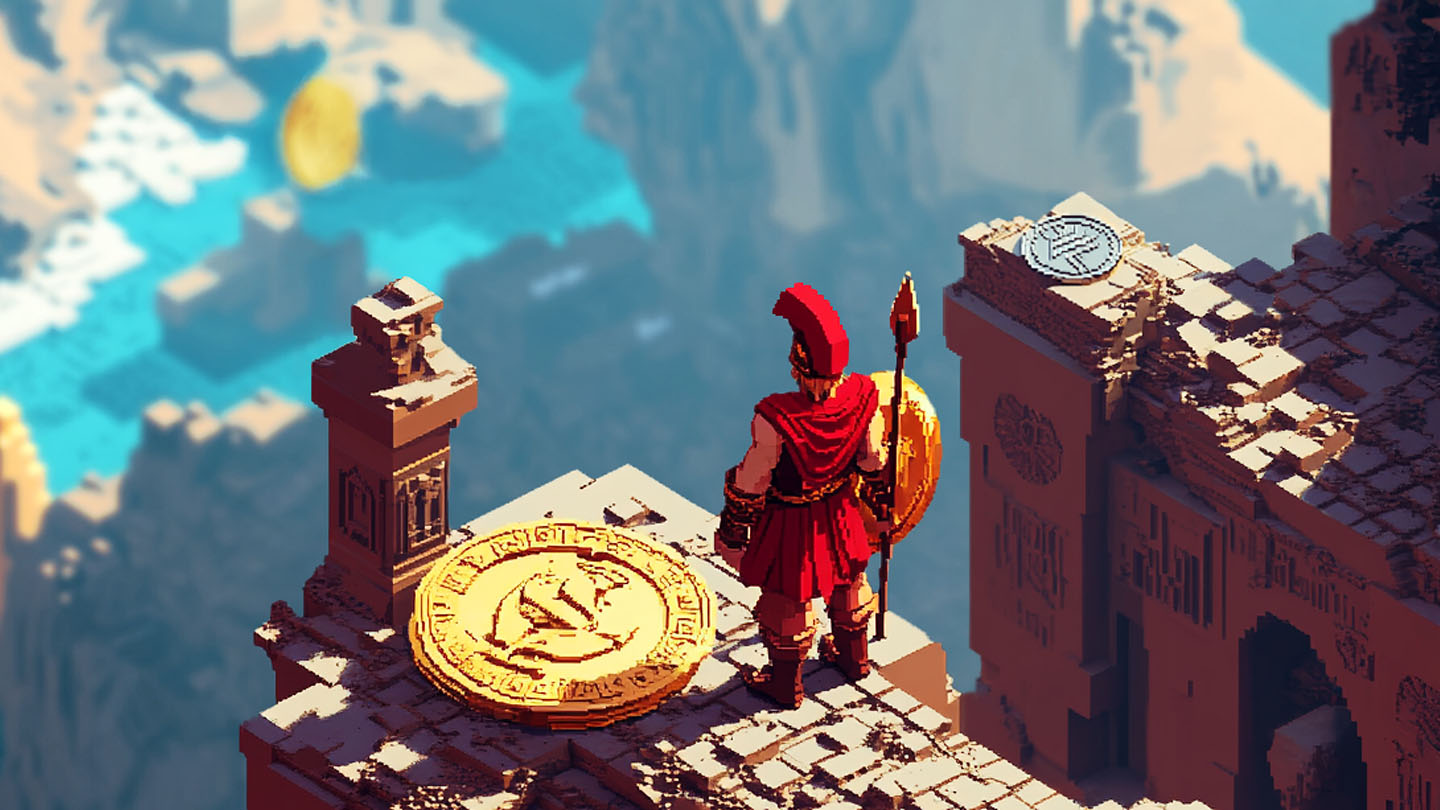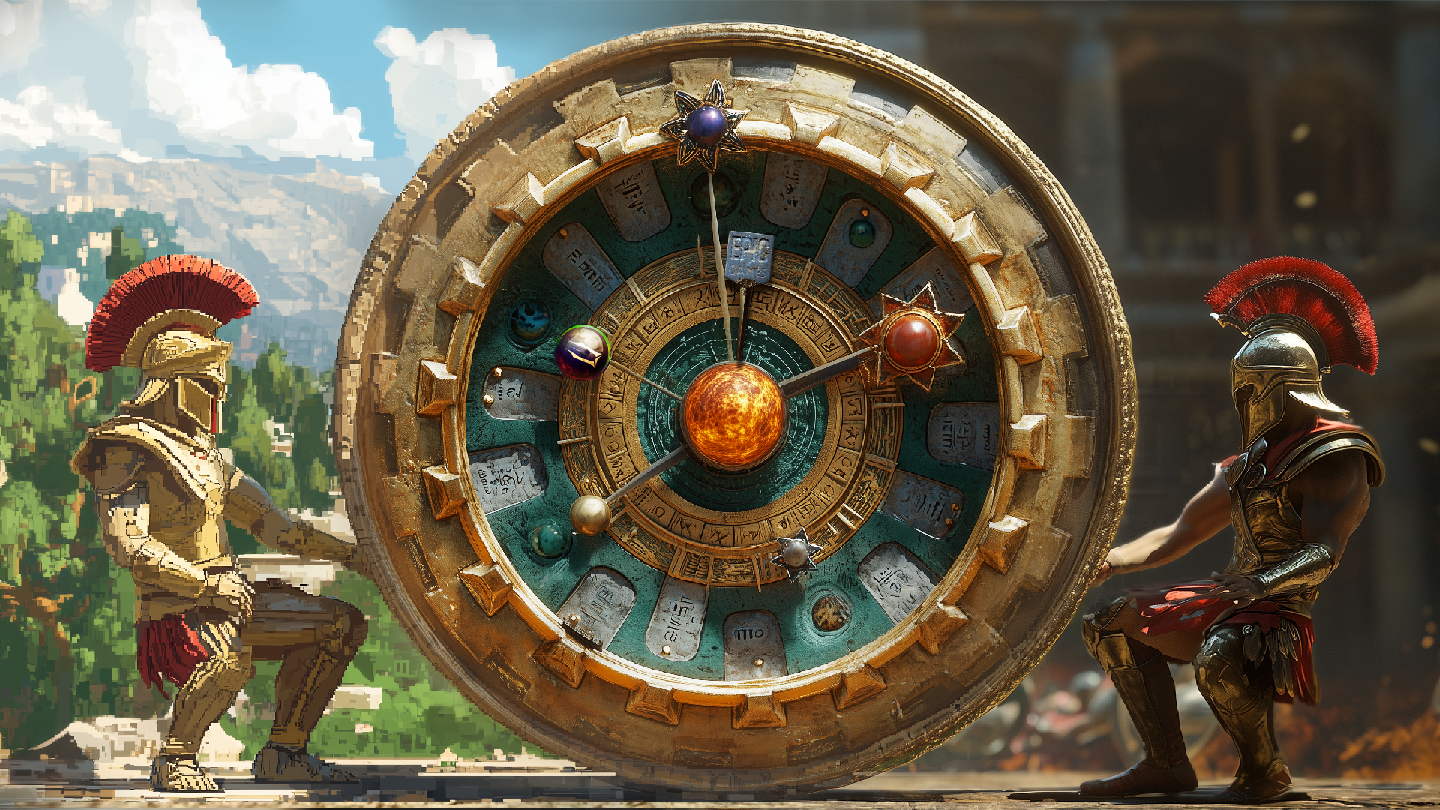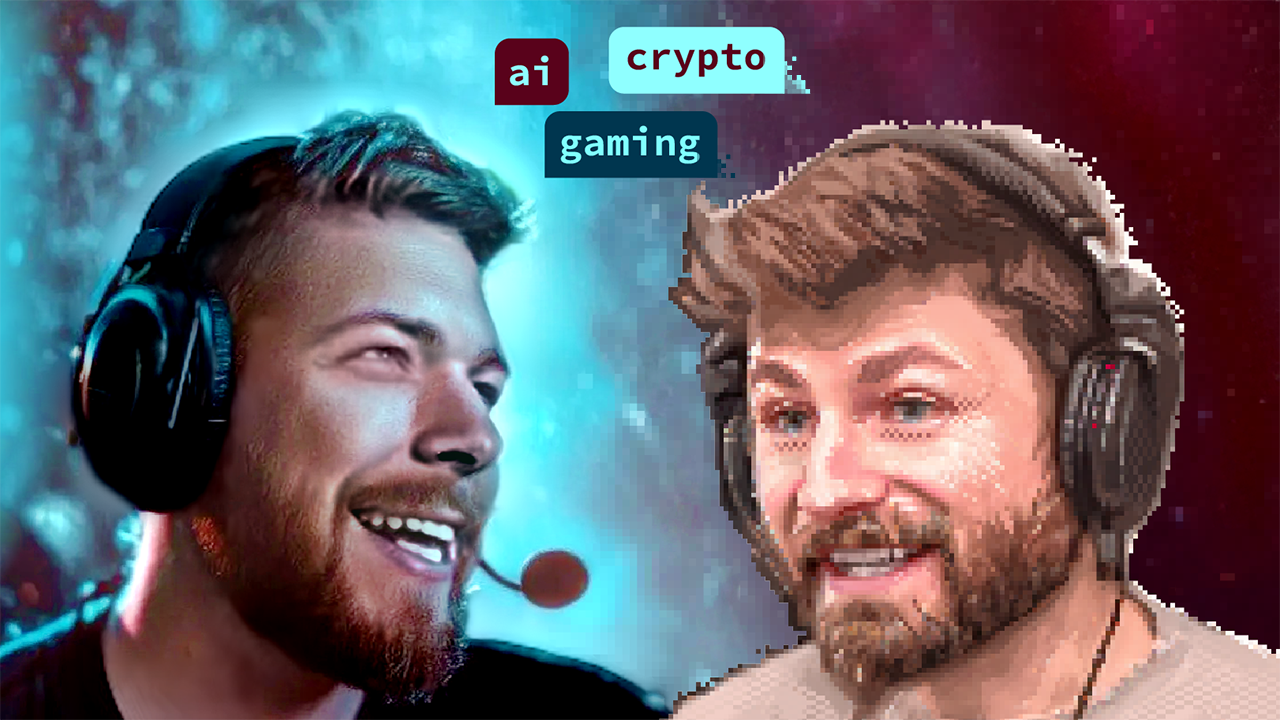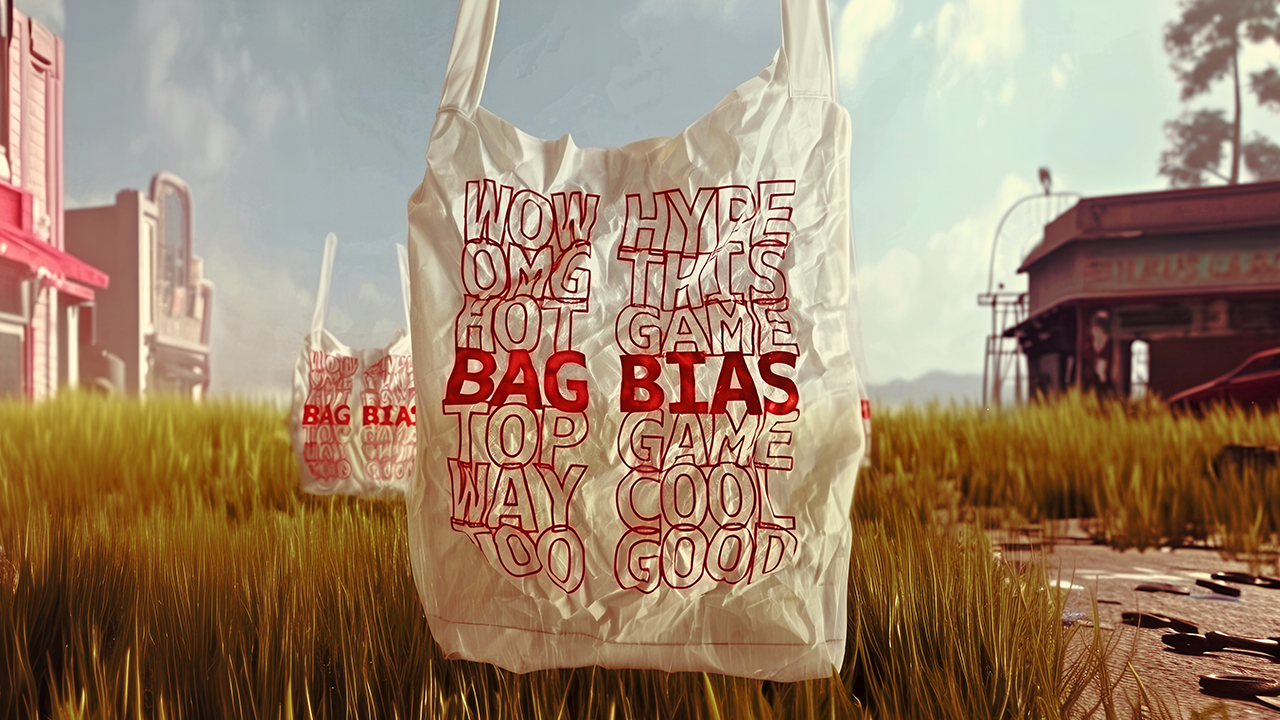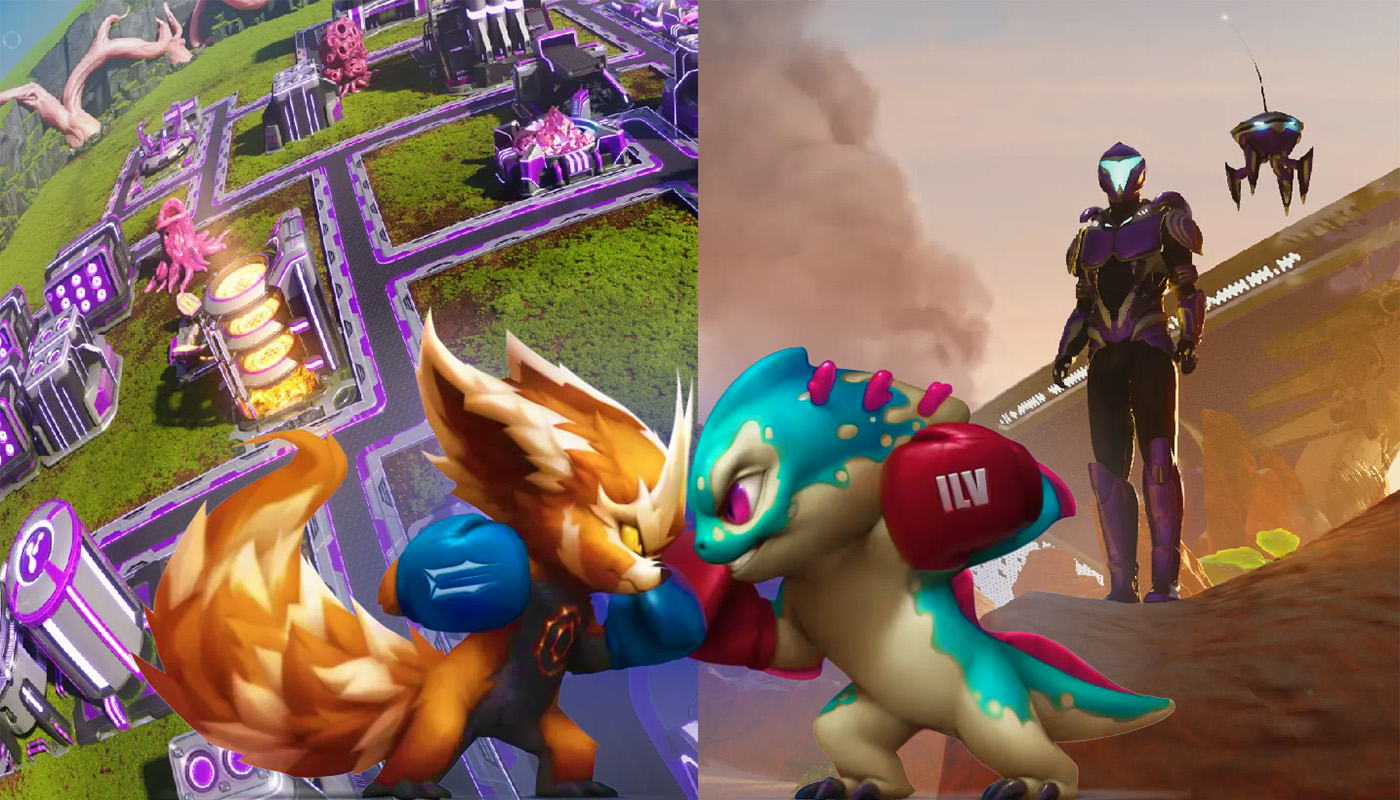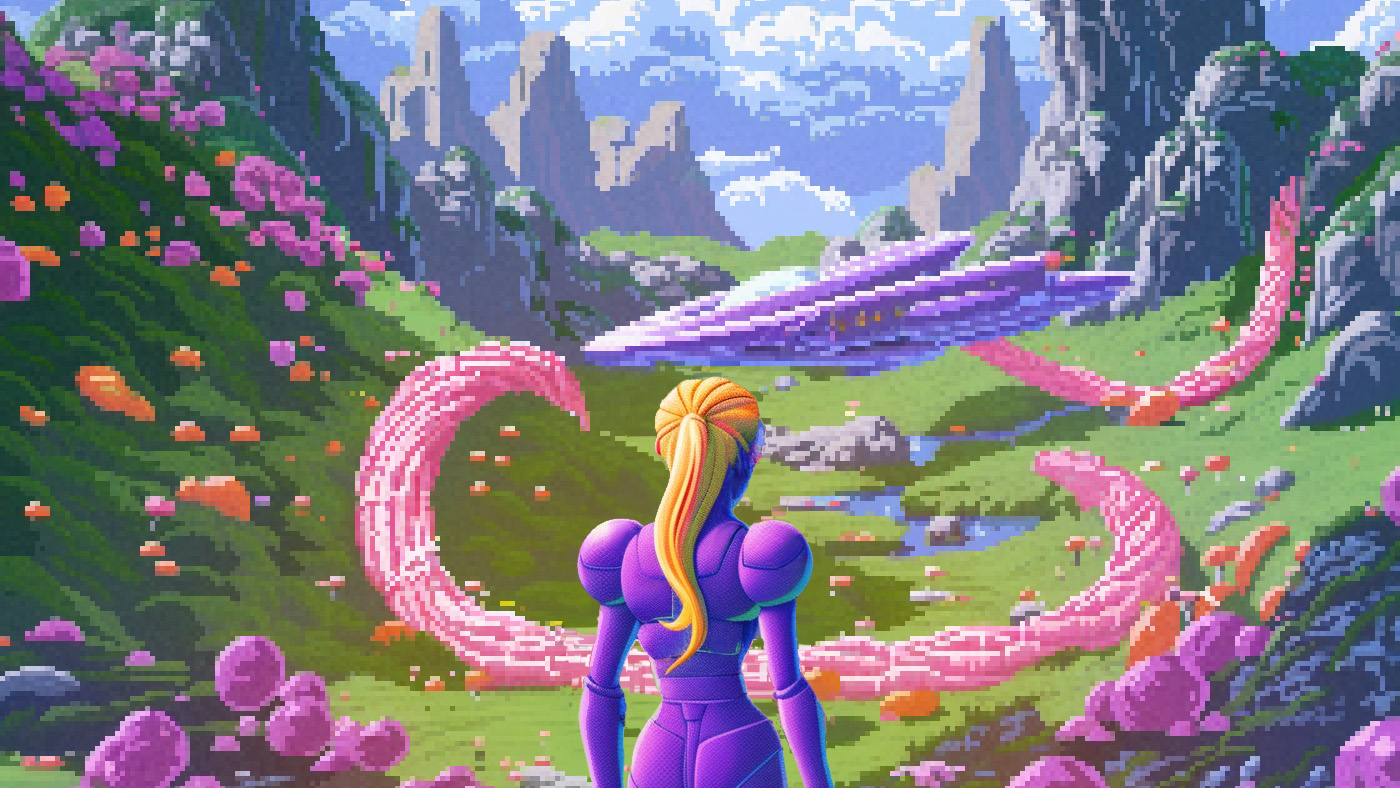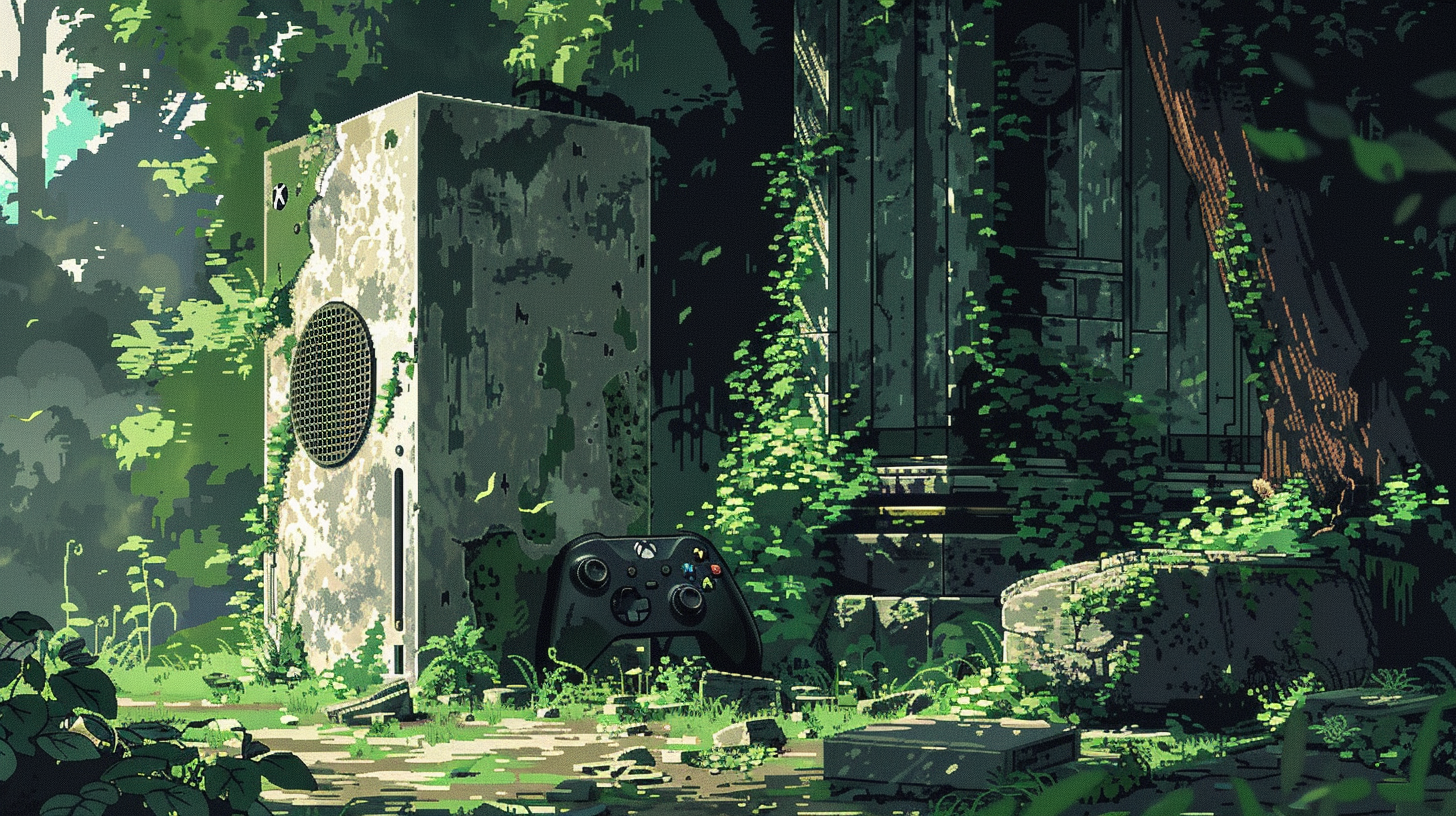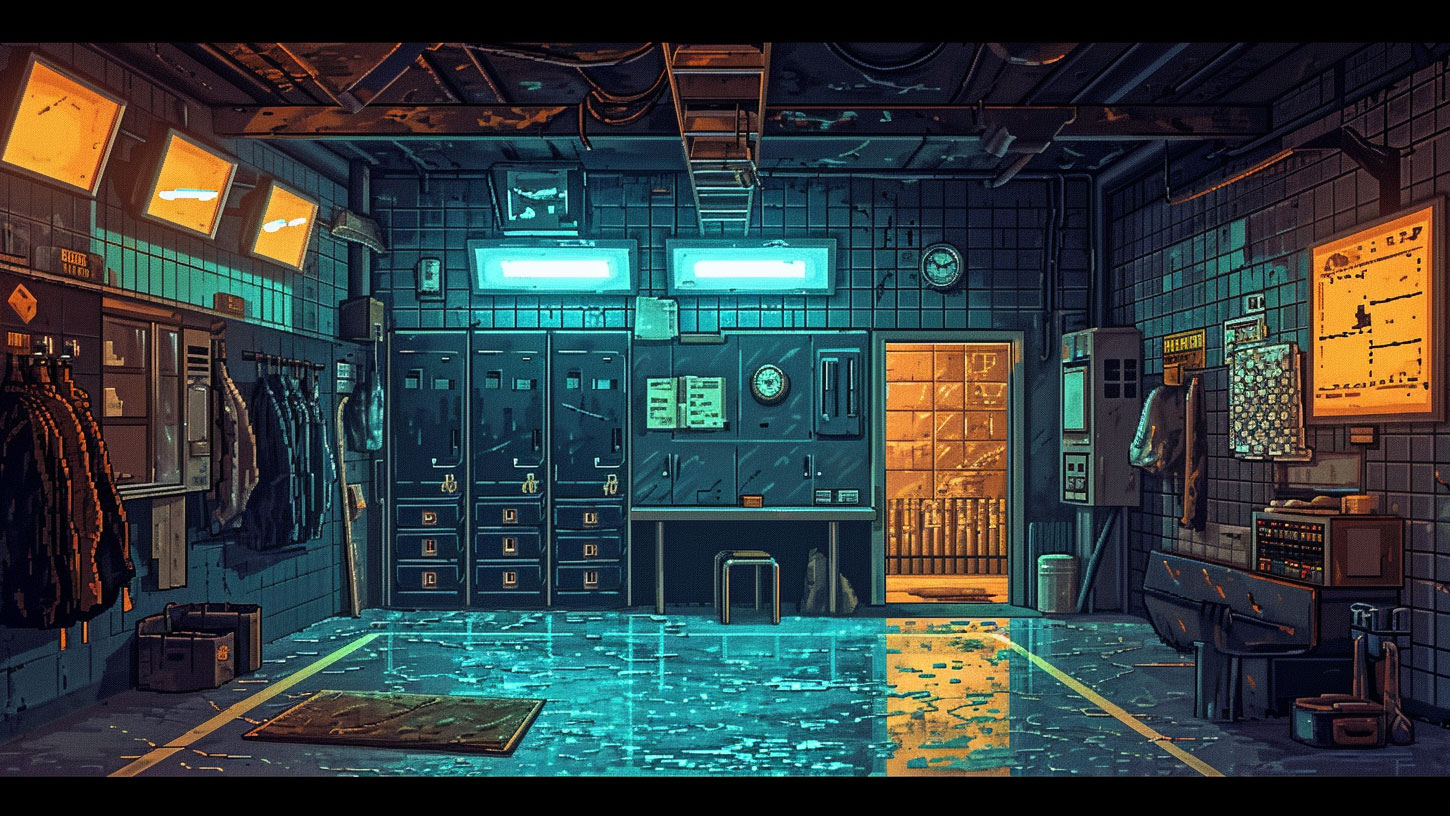Welcome to the first Polemos Pharos newsletter.
There is so much happening in the space of blockchain technology and gaming that sometimes it feels like the story opportunities are overwhelming. At the same time, I am discovering there is very little general understanding of how the technology and promise of blockchain gaming differs from cryptocurrency. Many people are distrustful, or simply don’t get it. This is perfectly understandable. It wasn’t long ago that Richard McLaren, the co-CEO of Polemos, was explaining the basics to me in a Sydney cafe.
So we’ll work on it together. I’m not interested in writing an insiders’ newsletter, and I couldn’t even if I wanted to. What I will guarantee you is that I’ll endeavour to make it accurate and interesting.
As the weeks unfold, I’ll also tell you a little about how we are setting up Polemos’s news service (that’s the Pharos bit). Please get in touch directly by replying to this email or get on our Discord server.
The Last Of Us effect
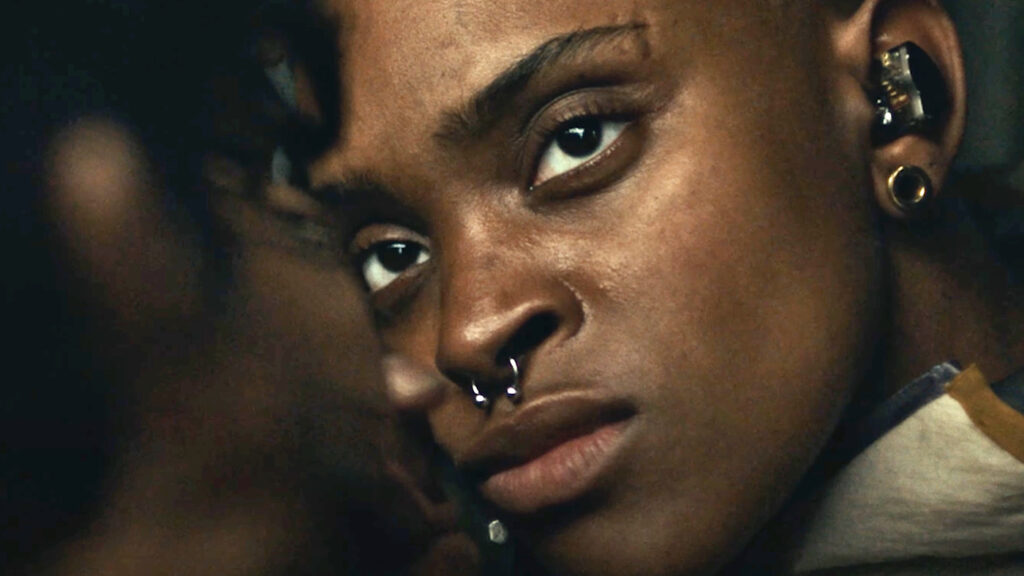
Upcoming blockchain shooter Shrapnel is one of the games we are covering that makes a great deal of intuitive sense to me. The organisation making the game is headed up by Mark Long, who I find impressive (I interviewed him before Christmas). So when they released a short live action movie set in the game world, I wanted to know more.
Today (Australian time) I interviewed director Lael Rogers and writer Tony Fulgham in Seattle and we spoke about how to turn games into movies. It was a little weird for these guys, because when they started writing, much of the game mechanic and setting hadn’t been nailed down.
We also got to explore a link to zombie hit TV series The Last Of Us, also based on a game. Read
AI makes giant spiders walk naturally
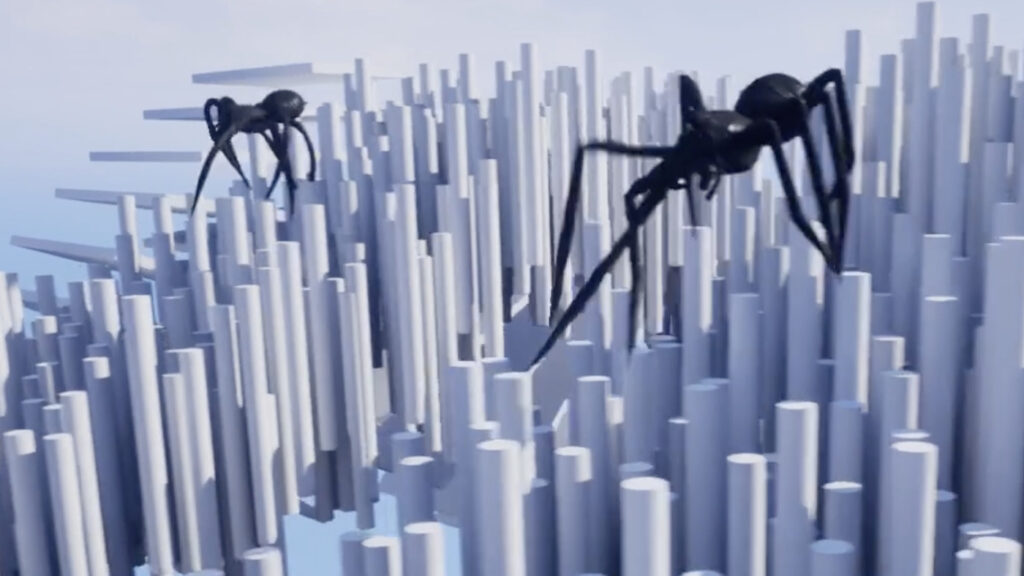
Yes you’ve heard about GPT3, ChatGPT and all other AI neural nets that can generate text and pictures from prompts. I became obsessed with these last year, and as you’ll see below, we use AI to generate content for Pharos.
Pharos team member and game expert Caveman reveals how blockchain game Bornless is using AI in a number or ways: the coolest is to make giant spiders walk in eerily natural ways. Check out the video in this piece.
The Pharos visual style

A lot of our Pharos articles are illustrated using MidJourney, a generative AI that can take a seed image and text prompt to churn out original images. We have settled on a particularly game-inspired look, typified in this piece about NFT art maestro Kevin Rose getting hacked and losing load of NFTs. I just love that the AI – working under the direction of my colleague Emma Chamberlain – can be this creative. The story’s pretty interesting too. Read
A bad game meets the endless money spout of the Bored Ape Yacht Club
Speaking of money and NFTs, Bored Ape Yacht Club – ground zero for NFT stuff – has done it again. Last week they released a basic browser-based game called Dookey Dash, and now it will set you back $12,000 to buy the pass (itself an NFT) to play it. More than $50m in total sales volume. Given that creator Yuga Labs clips the ticket at 2.5%, they’ve made more than a million bucks, and the circus is only just beginning. In February the passes will turn into yet another type of NFT, based on what score you get in the game. Read
It’s Friday night and I’m leaving it there. We’re busy setting up home video studios, getting the visual quality up to a professional YouTube standard, and I’d like to tell you more about that in coming weeks. As a former TV news executive, I find it fascinating how cheaply you can achieve a sharp look. Compared to TV, everything seems cheap.
See you in the future,
Hal



